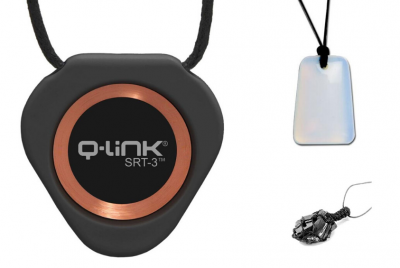When worn correctly, both Bluetooth and wired earbuds offer a lightweight and comfortable way to listen…
EMF Shielding Paint: A Quick Primer
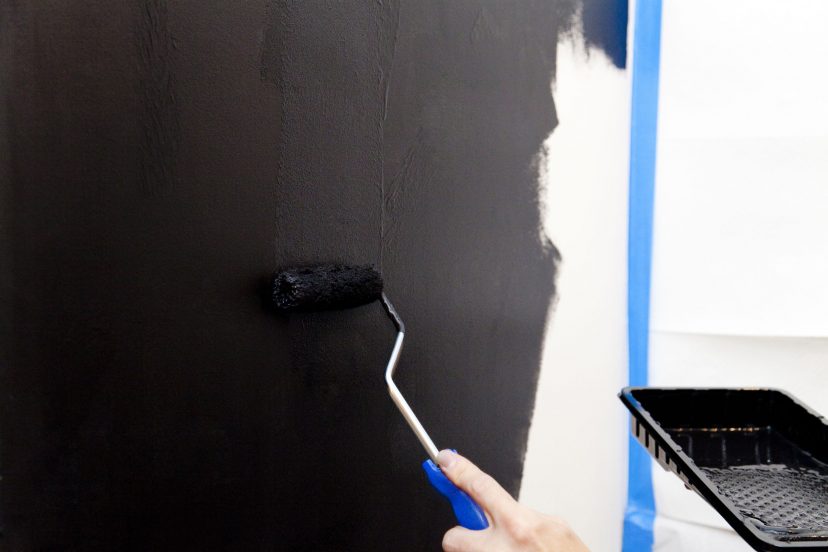
*We may earn a commission for purchases made using our links. Please see our disclosure to learn more.
When trying to guard against your smart meter or your neighbor’s WiFi, blocking an inside wall of your home from EMF radiation is often a necessary step. One of the easiest ways you can do this is by coating all or a portion of your wall with EMF shielding paint. While they typically take at least two applications, EMF paint is usually very effective at stopping frequencies from entering your home.
How does EMF shielding paint work?
EMF shielding paint acts as a shield for your wall, keeping a given range of frequencies from entering or exiting. If you paint just one wall, just that one wall will repel signals. If you paint an entire room, that entire room would, in theory, repel a signal. You could potentially create an entire dead room of your home, where no signal would enter or exit.
EMF paint blocks certain frequencies. The exact range of frequencies varies based on the manufacturer, but in general, you should look for paint that blocks lower frequencies (up to 300Hz) and higher frequencies (in the mega-and-gigahertz range). That covers all types of EMF radiation, from ELF to RF.
It’s worth noting that EMF paint will block all frequencies within that range, meaning you may experience interference with your WiFi signal if you are wireless. If it’s not possible to go wired, you may need to alter the placement of your router to ensure you can still get a signal in the room where you applied the paint.
Top EMF shielding paint brands
EMF paint can be an investment. A 5-liter bucket can cost an upwards of $200, so you want to be sure the product you purchase is going to work. Fortunately, we’ve sifted through the reviews and compiled this list of the top EMF paint brands out there.
Yshield EMF paint
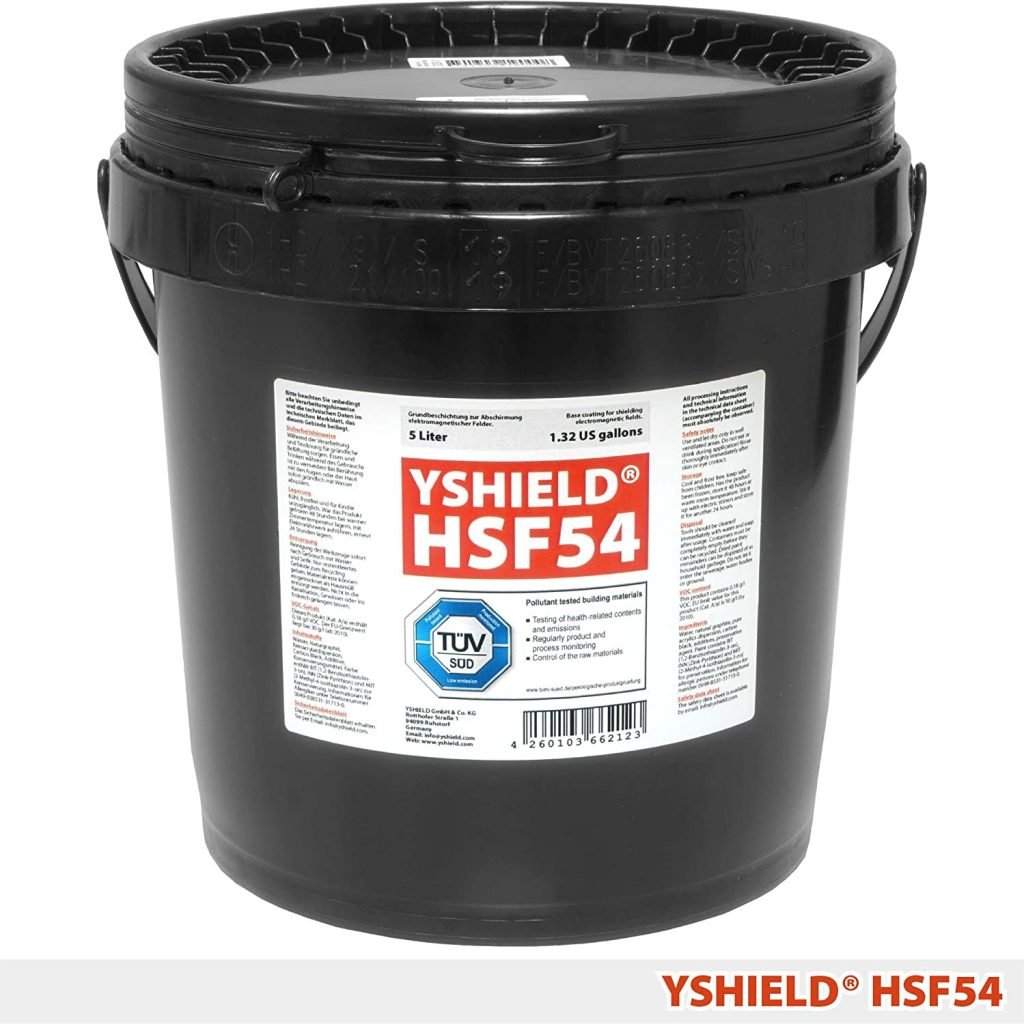
Yshield has been around for a number of years, and it contains no metal particles so there is no risk of oxidation with this paint. The company claims its paint is 99.98% effective after one application and 99.995% effective at blocking EMF radiation with two applications. This paint is water-resistant, as well, and it contains no harsh chemicals, making it environmentally friendly. It’s a low-odor paint, as well. Ingredients include water, graphite, and black carbon.
Reviewers noted that this paint is highly effective at blocking out competing WiFi signals. The paint is easy to apply and glides on just like traditional paint. It can be rolled on or sprayed, just be sure to get every bit of surface for best results. The one complaint that did show up a few times was the color. This paint acts as a primer, but it comes in black, making it somewhat difficult to cover up. It will likely take multiple applications of your regular paint to fully cover Yshield’s primer. The manufacturer recommends using a silicon or water-based paint for the top coats.
Woremor EMF paint
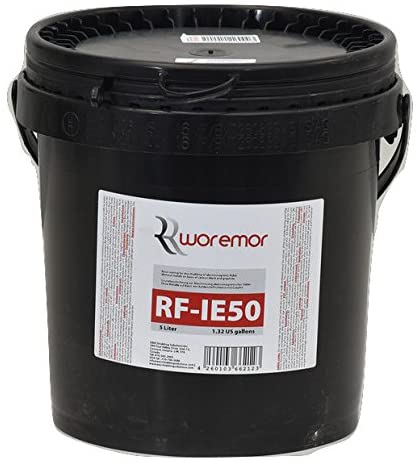
Woremor’s EMF paint works in a very similar manner to Yshield’s. This pure silicate-based paint works on frequencies up to 18 GHz. It’s also noted to be 99.98% effective after a single application, and 99.995% effective after two coats. It’s water-resistant and also goes on black so you can easily see if you missed any spots.
Woremor’s paint is generally recognized as effective at blocking out EMF radiation by reviewers. The primary issue is the amount of product needed to achieve the desired results — it may take more paint than you’re thinking to coat an entire wall.
CuPro-Cote Paint
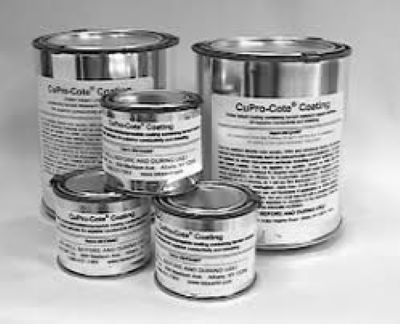
CuPro-Cote Paint is a little different, in that it is made primarily from copper. It can be applied via spray, brush, or roller, and helps block frequencies from 30MHz to 1.5GHz. Cu-Pro-Cote Paint rolls on a glittery copper color — not easy to cover up, but a little easier than the dark black of Woremor or YShield’s paints. It’s also latex-based, so it’s non-hazardous.
Reviewers noted that the paint looks great once it’s applied. The primary complaint was that the paint dries very fast — you might find that it dries on your brush while you’re in the process of painting. Be sure to store the paint properly, with the lid on, so it doesn’t dry out.
MG Chemicals SuperShield
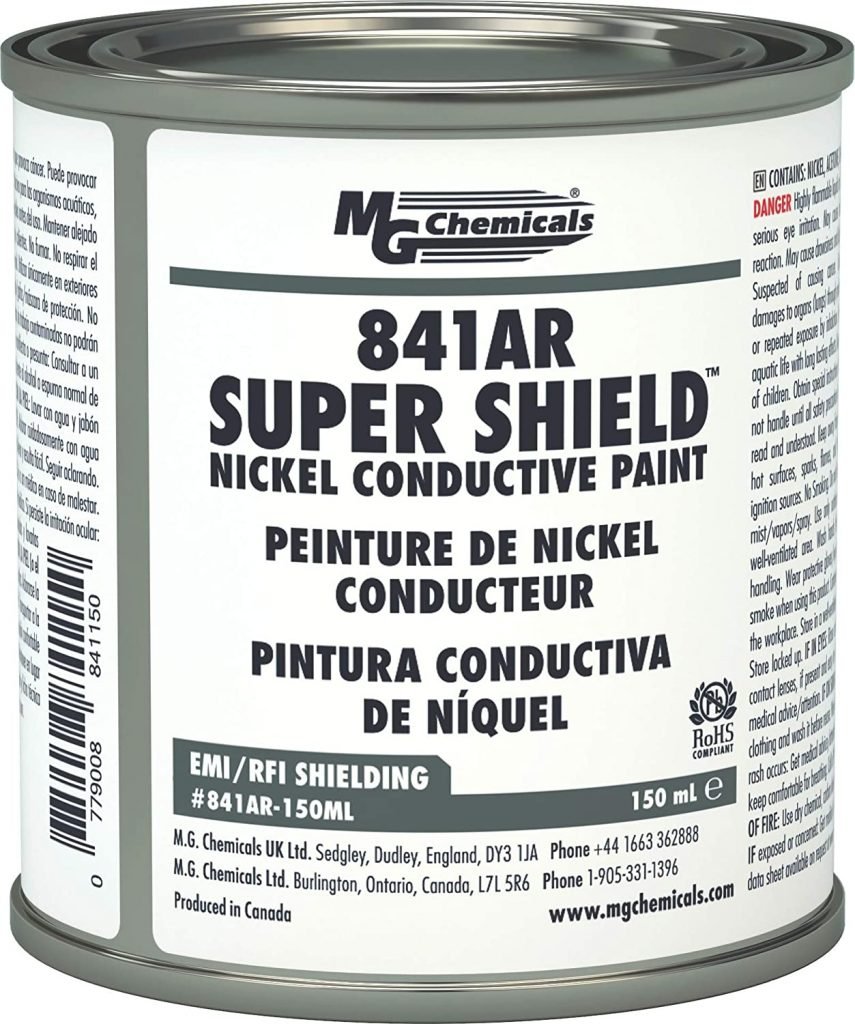
MG Chemicals’ SuperShield paint was designed to be used in small spaces, such as electronic enclosures, but it could also be used on an interior wall. This paint blocks frequencies from 10MHz to 1.8GHz, making it ideal for blocking the RF range. SuperShield is an acrylic-based paint made with nickel coating, and it goes on a solid silver-grey color.
When applying SuperShield, be mindful of the brush you use. Reviewers commented on the fact that it was very difficult to clean their paint brushes after applying the paint, so you may want to use a disposable brush. Also be sure to lay down a drip cloth, as removing the paint from flooring can also be an issue.
Ecos EMR Shielding Paint
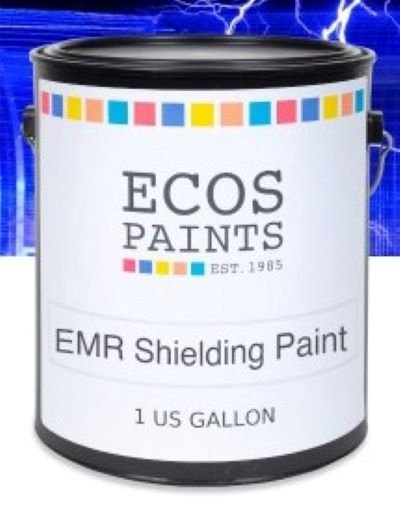
Ecos EMR Shielding Paint is a non-toxic and VOC-free nickel paint that is advertised as shielding against radiation. As an added bonus, Ecos EMR Shielding Paint is odor free, so if you’re sensitive to paint odors, this may be a great option. It goes on a dark grey color, and is designed to be covered up with Ecos wall paint. The product was independently tested in Europe, and was found to block 99% of frequencies in the 900 to 1800 MHz range.
ShieldON EMF Shielding Paint
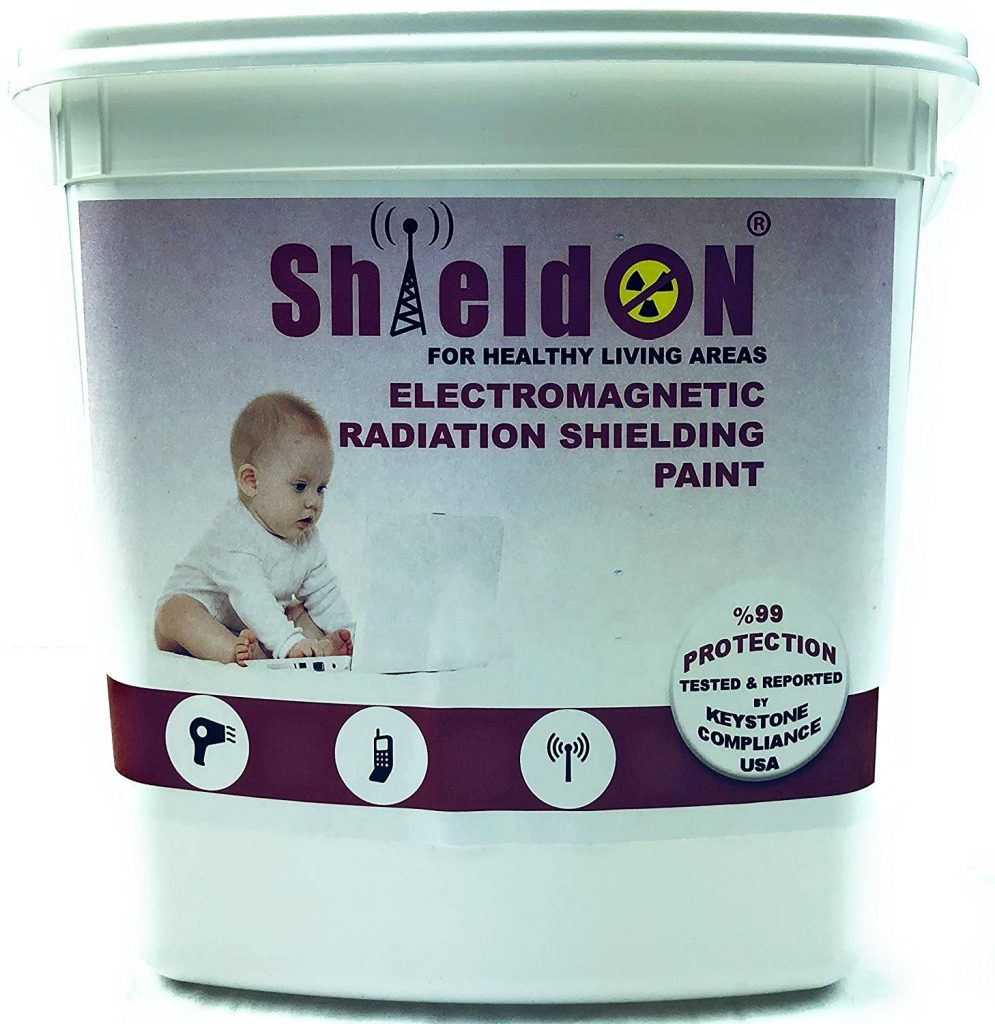
ShieldON EMF Shielding Paint was designed with smaller projects in mind. Like other EMF shielding paints, ShieldON is 99.995% effective after a single coat, and 99.98% effective at blocking frequencies after a second coat. This paint repels frequencies up to 18GHz and rolls on a matte black color. In spite of its dark color, the manufacturer claims it is easily covered up by one coat of any-colored latex-based paint.
ShieldON’s EMF Shielding Paint is water-based, and ideal for either interior or exterior applications. As an added bonus, this paint can even fight off corrosion from metal surfaces, and any painted surface becomes water-resistant and conductive.
Tachyon Star Dust
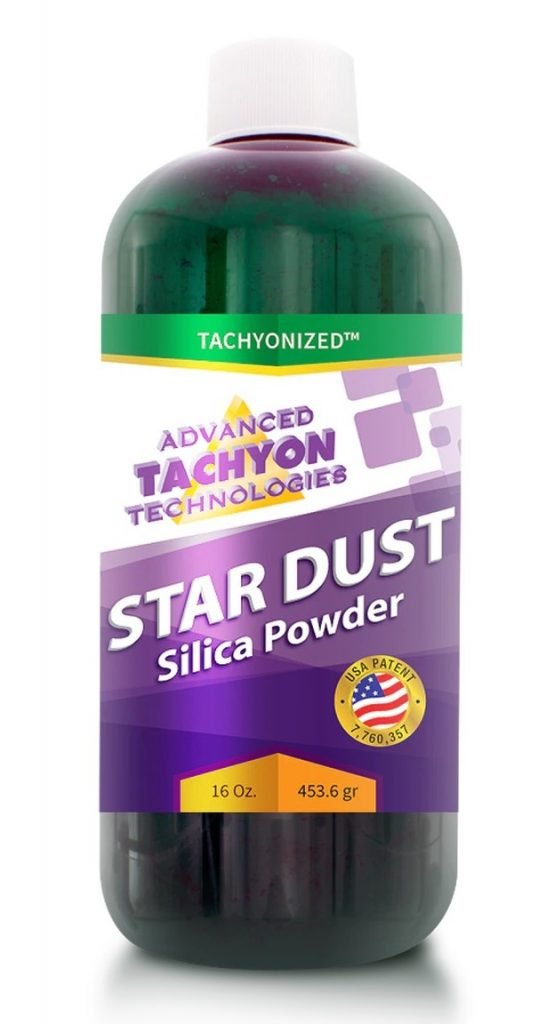
Turn any paint into EMF shielding paint using Tachyon Star Dust. Designed to be mixed in with any kind of paint, Tachyon Star Dust is a little cheaper than some of the traditional EMF shielding paints. Simply machine-mix Tachyon Star Dust into your normal paint, and spray or roll it onto your desired wall. It must be machine-mixed to ensure an even distribution throughout the paint. You can apply Tachyon Star Dust in either the base coat or the top coat of paint.
Tachyon Star Dust can be added to pictures, sculptures, and even under your floor if you are putting new flooring down. The manufacturer claims it converts EMF radiation into harmless energy. It’s worth noting, however, that there are few reviews out there about the efficacy of Tachyon Star Dust, so if you decide to go this route you will definitely want to test your paint with a high quality EMF meter. We’ll go over how to do that in a moment. Ingredients in Tachyon Star Dust include silicon-dioxide, sodium oxide, and aluminum oxide.
Grounding the paint
With some types of EMF shielding paint, there is an extra step involved beyond just the painting of a surface. EMF paint is conductive, and therefore must be grounded to ensure safety and compliance with building codes. So how do you go about grounding paint?
Before you apply the paint, place a grounding strap along the surface being painted. If you are painting a wall that has an electric outlet, the grounding strap will usually go near the outlet, just an inch or two away. You will also need a grounding plate to be installed after the paint has been laid down. Most of the time, this must be done by a licensed electrician. Check with your local building department for the specific rules in your area.
Grounding plates are manufactured and sold by the same companies that make EMF paint. For best results, get the matching plate and paint manufacturer. So, if you go with Yshield paint, look at Yshield’s grounding plate. Likewise, if you go with Woremor, consider purchasing the Woremor grounding plate.
How can you know it’s working?
You’ve laid the paint and installed the grounding plate — now what? How do you know it’s even doing anything?
The best way to measure the effectiveness of your EMF shielding paint is to use an EMF meter. The one we usually recommend is the TriField TF2. This is a high-quality meter that is capable of detecting electric, magnetic, and radiofrequency field radiation. This is important so you can detect both RF and ELF-EMF radiation in your home.
Once you’ve found a good EMF meter, measure the levels around your home. Ideally, you would take a measurement prior to and after applying the paint, so you can compare your results before and after application. If the paint is effective, the after result should be significantly lower than your before. If you applied the paint without checking your before levels, just test another room of your home that doesn’t have the paint applied.
Once you have an EMF meter, it’s not a bad idea to test the levels all around your home. This can help you determine if there are any other areas that would benefit from EMF paint or another intervention. Be sure to check sleeping areas and any other spots where your family regularly spends a lot of time.
For individuals who are highly sensitive to EMFs, an EMF meter can greatly help improve quality of life and shed light on which areas of the home they need to avoid or alter.
Final words
EMF radiation poses a real risk to your family’s health and safety. It has been linked to cancer, infertility, miscarriages, and other health conditions. If you are concerned about your family’s exposure to these potentially harmful frequencies, consider taking steps to safeguard your home.
One step you can take is applying EMF shielding paint on the opposite wall of any smart meter, WiFi equipment, or other major generator of EMF radiation. EMF paint blocks out most signals from passing through the paint, thus helping protect your family.
It’s not necessary to coat every inch of your home with EMF paint. In fact, doing so would block out any cell signals from passing through, making your home a complete dead zone. Instead, coat only the areas that need it — any wall with a bed against it, for example, or the wall nearest your couch. Also, be sure to ground the paint on every wall you apply it — if you apply the paint to more than one location, it is critical that each location is grounded.
EMF shielding paint is one tool in your belt in the fight against EMF radiation. When used in conjunction with other methods, such as switching to wired internet and using a smart meter cover, it can go a long way towards lowering your family’s overall exposure to radiation. It is a steep initial investment, but the peace of mind is well worth the price in this case. 


